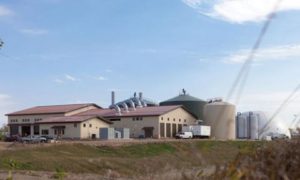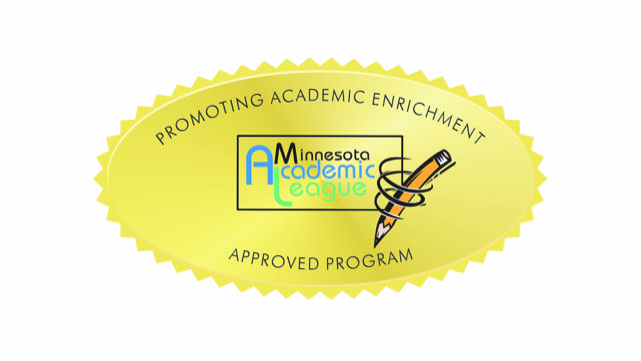By YES! Coordinator Winston Pennington-Flax
Ask any Minnesotan what’s really powering our light bulbs, computers, refrigerators, and televisions, and you’ll get an array of responses. Nuclear? Hydroelectric? Gas? Oil?
While Minnesota is proud to hold the #1 title in the nation for renewable energy production per capita, the number one source of Minnesota’s electricity remains the coal burning power plant, which produced 46% of Minnesota’s electricity in 2013. Nuclear power generation clocks in at second place, while ‘other renewables’ are nearly tied for third place with natural gas generation, with wind gaining a strong foothold at 10%.

As the cost to install wind and solar generators grows cheaper by the day, another unique approach is being taken in south-central Minnesota, capturing energy from a source that many of us may never have considered. This technology, called biogas digestion, isn’t new at all in the sense that food waste has always spoiled to create methane gas, but is quite new in its approach to re-purposing agricultural waste. In Le Sueur, Minnesota, the historic home of the Jolly Green Giant, Hometown BioEnergy collects silage and manure from farms and canned food processing plants and ferments it in two 1.6 million gallon digesters. The resulting gases are combusted to create a potential 8MW of electrical energy, which is then sold to the grid, making it the largest generator of its kind in the US.

And where does the material go after it’s fermented, you might ask? The liquid residue is returned to farmland as a rich fertilizer, while the dry waste is further dehydrated and used as a biomass fuel. That’s what we call using our resources full circle. Believe it or not, this is also a technology that some urban homesteaders have taken to using in their own backyards to provide a free alternative to natural gas for cooking, meanwhile preventing kitchen scraps from making their way to a landfill. Wouldn’t you like to be the first Minnesota school to have its own biogas powered heat?
Though this technology is not likely to soon become a top energy source for the state, it shows a positive trend toward investing into energy diversity as Minnesota takes steps away from dependency on fossil fuels. In the past decade, we have seen that wind and solar generation can be more than a novelty–they can be a solution–and embracing a diverse array of solutions will help us to keep our reputation as a leader in clean and renewable energy. Not to mention, who doesn’t want to use an iPad that’s powered by pea pods and corn cobs!?
